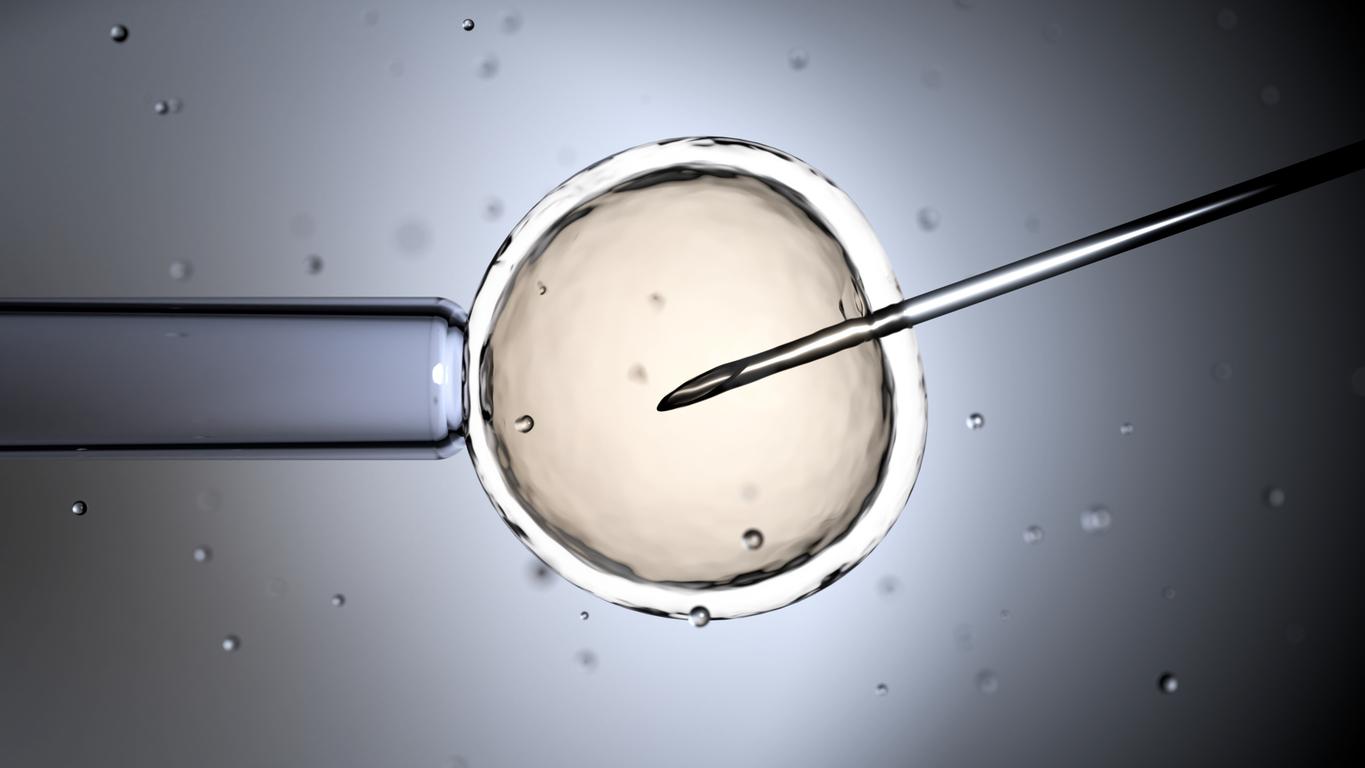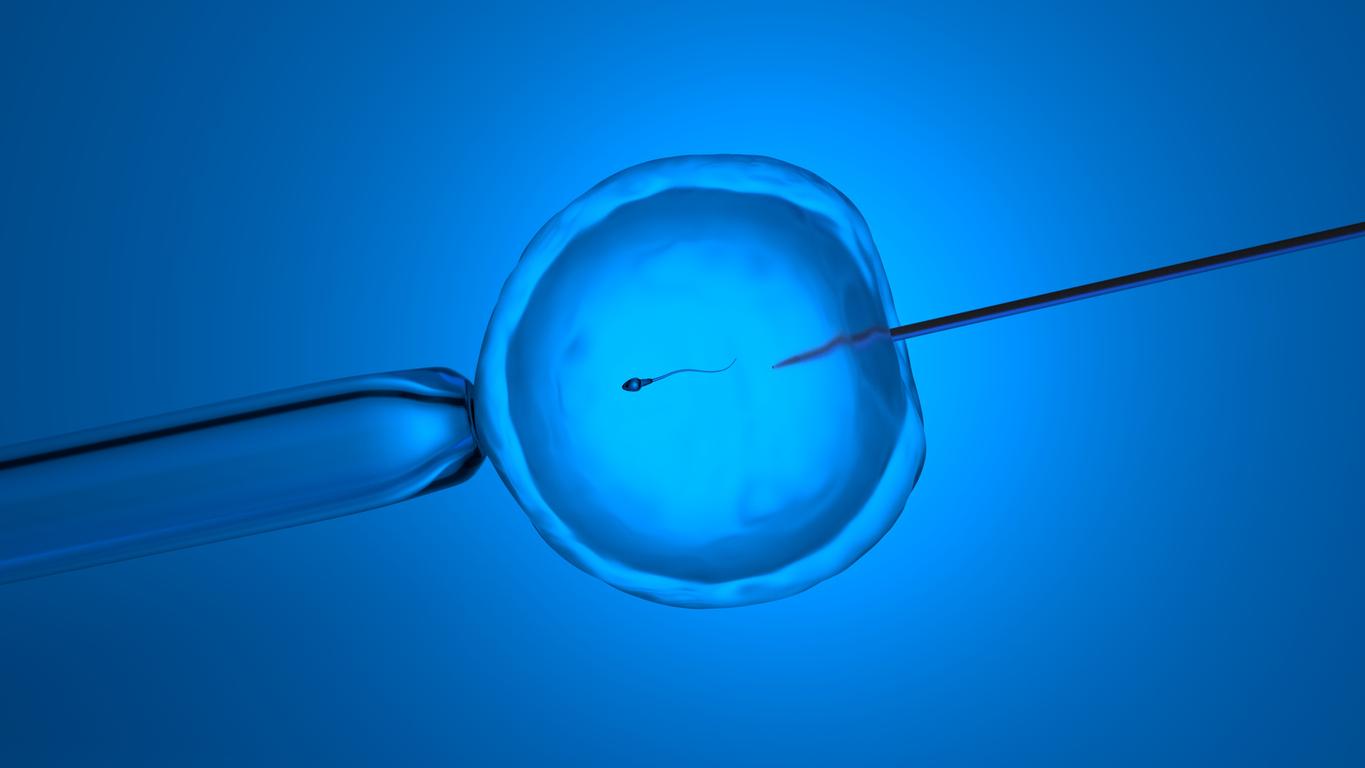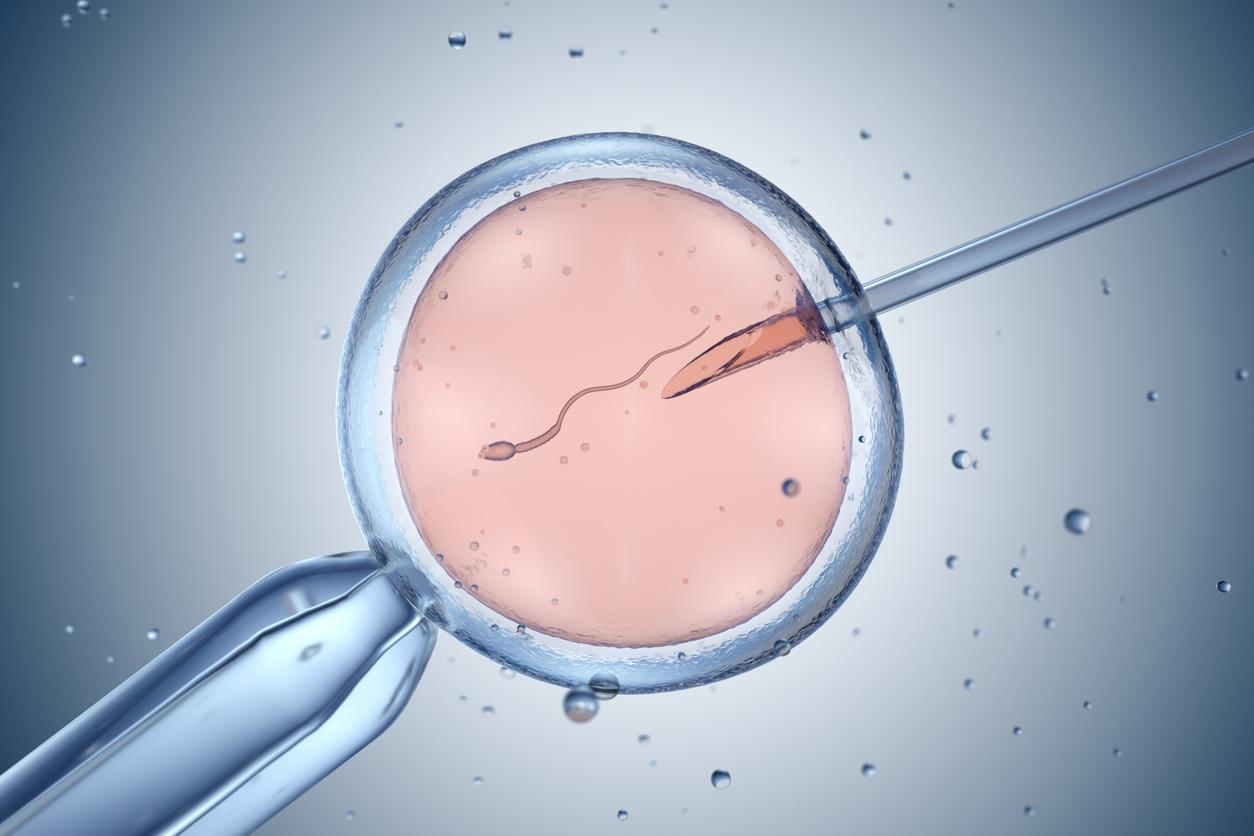The new technique of in vitro fertilization developed by Professor Nick Macklon, Head of Obstetrics and Gynecology at Princess Anne Hospital in Southampton (Great Britain) has been called “revolutionary” and represents a real step forward in themedically assisted procreation.
For a conventional in vitro fertilization, doctors puncture the eggs, fertilize them with the sperm in the laboratory, select the embryos and implant them in the uterus to continue the process.
Believing that the health of babies born from IVF could be better in the long term if the time spent in the laboratory could be reduced, the British doctor helped to develop a new method of fertilization called AneVivo.
The technique involves putting the sperm and egg cells inside a small capsule that is placed in the uterus (painlessly) for 24 hours. During this time, the embryos begin to develop. Then the doctor removes this device and selects the embryos that appear healthy enough to be implanted in the lining of the uterus in the hope of achieve pregnancy.
“Fertilization occurs in the natural environment of the uterus with access to the mother’s nutrients. And this also reduces exposure to culture fluids used in the laboratory.” emphasizes the doctor.
This device was approved by the British health authorities in September 2015.
Read also :
5 million IVF babies born since 1978
8 misconceptions about IVF
A discovery that could improve the effectiveness of IVF

















